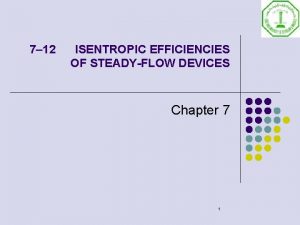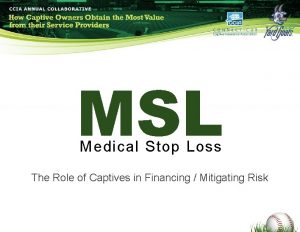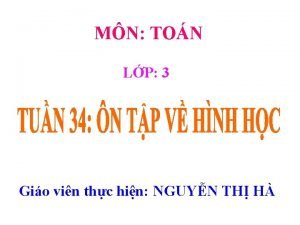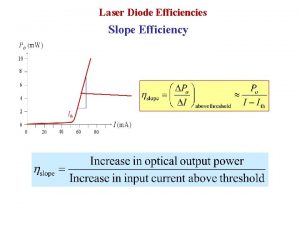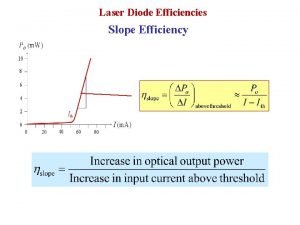First Muon ID Efficiencies with 13 Te V




- Slides: 4

First Muon ID Efficiencies with 13 Te. V, 50 ns Data CMS Collaboration

Outline and method Efficiencies are computed for the following ID criteria: ‣Tight Muon ID: ‣ Global Muon ‣ Particle Flow Muon ‣ global. Track. normalized. Chi 2 < 10 ‣ global. Track. number. Of. Muon. Valid. Hits > 0 ‣ number. Of. Matched. Stations > 1 ‣ |dxy| < 0. 2 cm, |dz| < 0. 5 cm ‣ number. Of. Valid. Pixel. Hits > 0 ‣ tracker. Layers. With. Measurement > 5 ‣Loose Muon ID: ‣ Particle. Flow Muon ‣ Global OR Tracker Muon Method: Tag And Probe Selection on Z→μ+μ- ‣Tag Muon : ‣ Tight Muon ‣ p. T > 25 Ge. V, |η| < 2. 1 ‣ Rel. Comb. Isolation (d. Beta corr, R=0. 4) < 0. 2 ‣ Matched with single muon trigger ‣Z mass window: [70 -130] Ge. V ‣Probe Muon: ‣ General Track ‣ p. T > 22 Ge. V ‣PDF shape: ‣ signal = sum of 2 Voigtians ‣ background = exponential Results are plotted as a function of η and compare data and montecarlo 2

Details on samples ‣ Data: ‣ Collision data at 13 Te. V and 50 ns bunch spacing ‣ Prompt reconstruction, using startup calibration and alignment conditions ‣ Using only certified data (golden JSON) ‣ Single. Muon dataset ‣ Integrated luminosity: 41 pb– 1 ‣ Monte Carlo ‣ Drell–Yan + Jets sample generated with Mad. Graph_a. MC@NLO ‣ Detector alignment and calibration conditions as expected after about 1 fb– 1 of integrated luminosity ‣ Re-weighting is applied to match the pileup distribution in data 3

ID Efficiencies vs η Error bars in the plots include only statistical uncertainties 4
